Deck & Commander Strategies
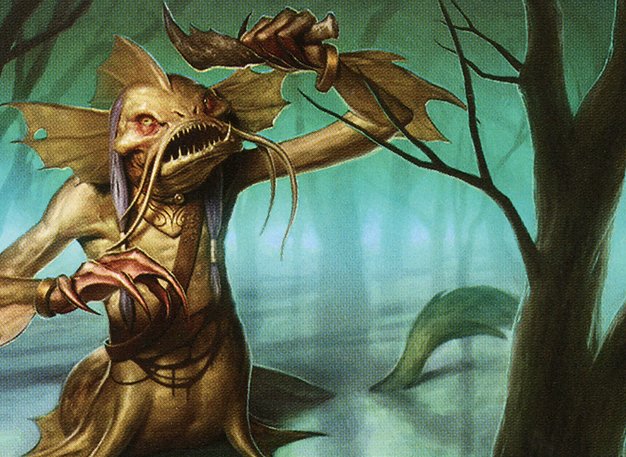
Sygg, River Cutthroat
Utilizes unblockable creatures combined with powerful equipment to deal consistent evasive damage while drawing cards, focusing on aggressive board presence and resource advantage.
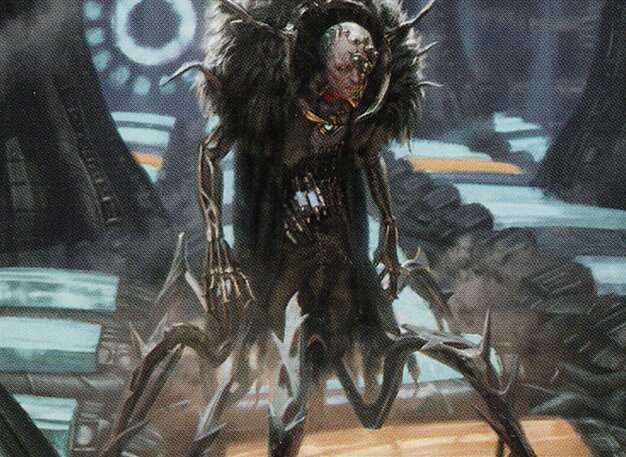
Keskit, the Flesh Sculptor
Leverages Grixis colors to force cards into opponents’ hands and punish them for holding cards, combining disruption with burn effects to control the game.
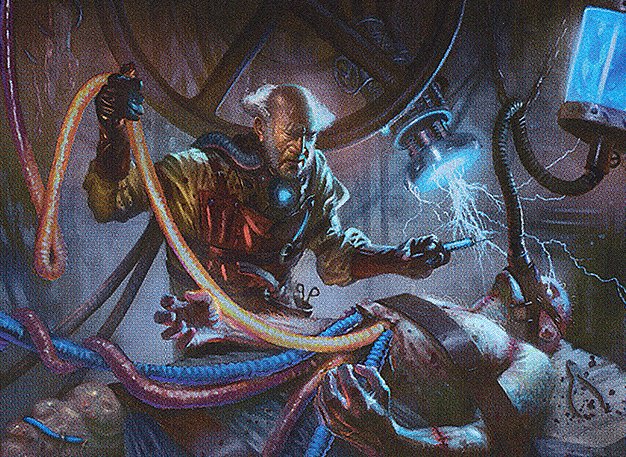
Ludevic, Necro-Alchemist
Focuses on controlling the flow of cards between players’ hands and the graveyard, using spells to manipulate opponents’ resources and capitalize on card disadvantage.

Bohn, Beguiling Balladeer
Not explicitly detailed in the gameplay, likely supports token or control strategies given the context.
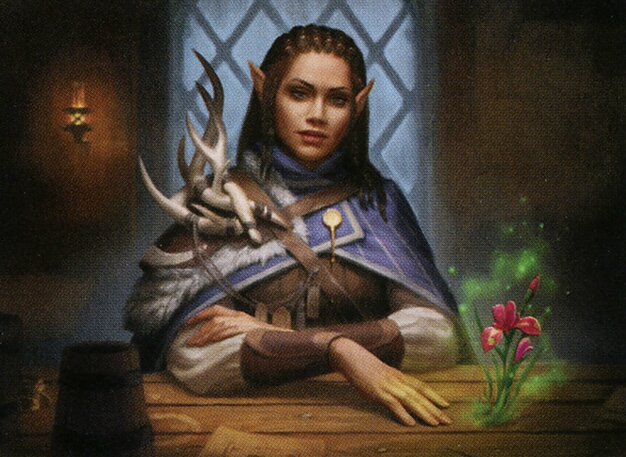
Jaheira, Friend of the Forest
Generates various tokens including treasures, food, squirrels, and bees to ramp mana and fuel large spells, focusing on token synergy and resource accumulation.
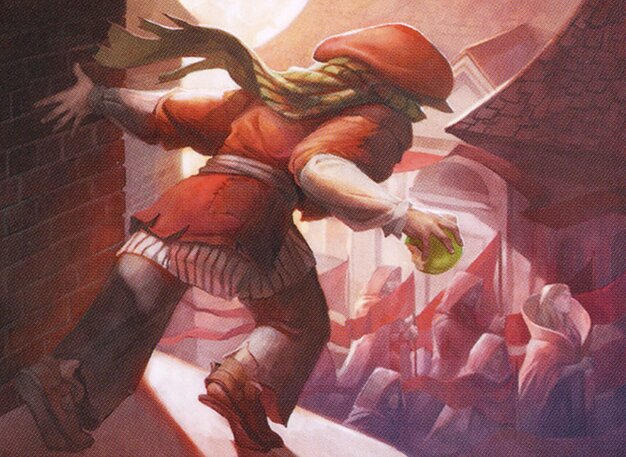
Street Urchin
Not explicitly detailed, but likely capitalizes on early aggression or synergy with sacrifice or token mechanics.
Gameplay Insights
- 1
Utilizing Treasure Cruise dice rolls as an alternate resource engine created dynamic board states, rewarding risk-taking with free artifact deployment but punishing with curses.
- 2
Playing mana ramp artifacts like Soul Ring early enabled multiple Treasure Cruise rolls per turn, increasing chances to gain powerful artifacts and maintain tempo.
- 3
Token generation with Jaheira provided a flexible resource base, producing mana and additional tokens that could be sacrificed for value or used to support big spells.
- 4
Equipping unblockable creatures with swords maximized damage output while drawing cards, allowing consistent pressure on opponents.
- 5
Punishing opponents for holding cards with Grixis disruption created tension around resource management, forcing players to balance hand size with board presence.
Notable Cards
-
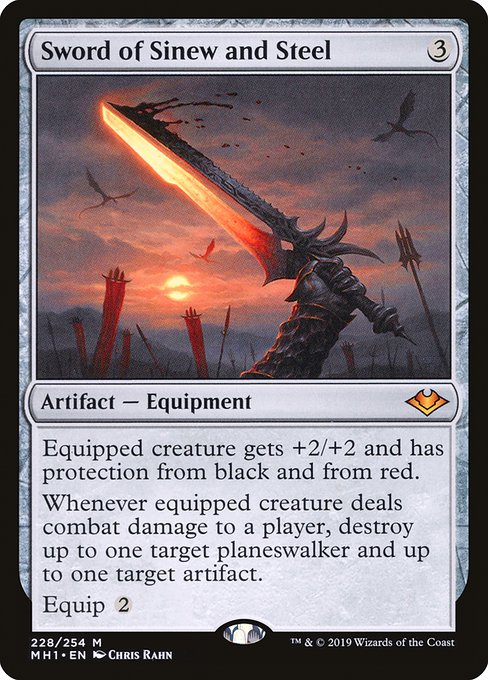
Sword of Sinew and Steel
-
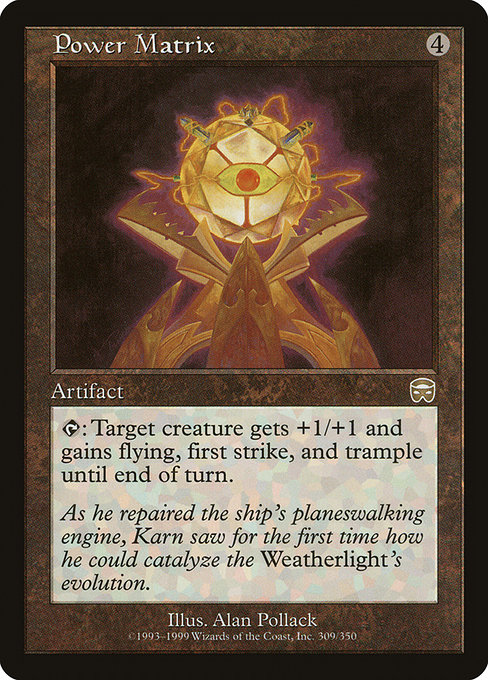
Power Matrix
-
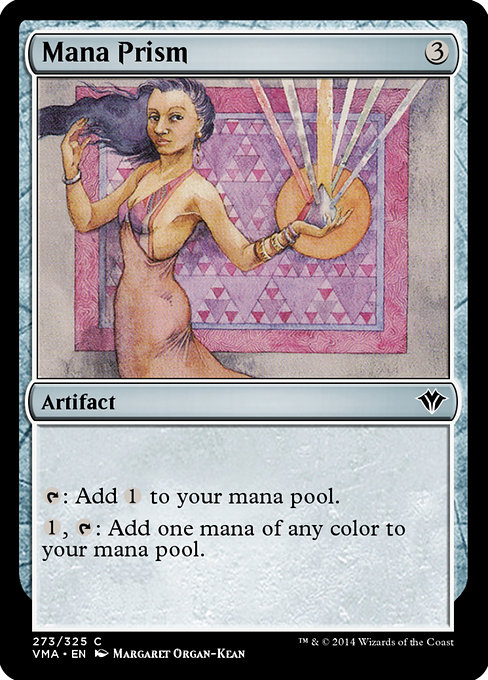
Mana Prism
Gameplay Summary
The game began with players introducing their commanders and their unique strategies, setting the stage for a dynamic multiplayer Commander game infused with the Treasure Cruise mechanic.
Early turns involved players rolling dice to reveal potent artifacts or detrimental curses from the Treasure Deck, adding an element of randomness and tactical risk to the gameplay.
Key early plays included a player securing a Sword of Sinew and Steel, enhancing their board presence with equipment, while another used a Soul Ring to generate additional mana and fuel multiple Treasure Cruise rolls. As the game progressed, one player focused on creating tokens such as bees, squirrels, treasures, and food with a token-centric green deck, aiming to generate mana and leverage big spells.
The Mardu deck wielding unblockable creatures equipped with powerful swords sought to chip away opponents through evasive damage and card draw.
Another player utilized a Grixis deck aimed at forcing cards into opponents' hands and punishing them for holding cards, applying pressure through disruption and burn.
Treasure Cruise rolls continued to shape the board state unpredictably, with players balancing the benefit of free artifacts against the risk of accumulating curses.
The game featured strategic resource management, including mana generation and timing spellcasts to optimize Treasure Cruise activations, culminating in a tense multiplayer battle where board control and card advantage were pivotal.





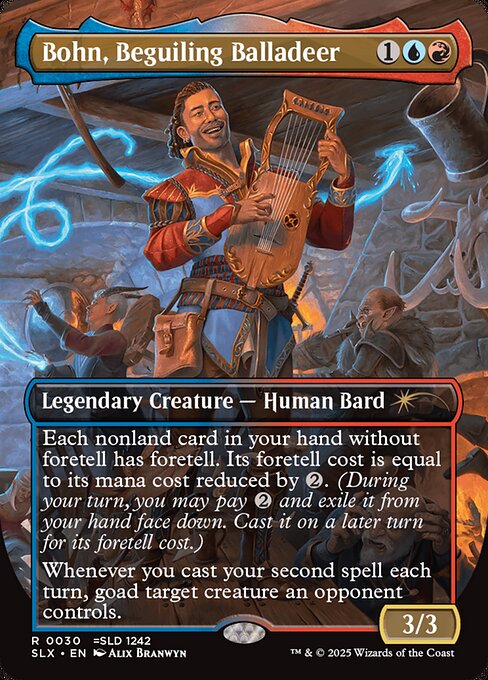
































![Commander VS S6E8: Surrak vs Rhys vs Volrath vs Sygg [MTG] thumbnail](https://i.ytimg.com/vi/GIpfeqeSY3Y/sddefault.jpg)
![Commander Vs S2E7: Akroma & Akroma vs Sygg & Sygg [MtG: Multiplayer] thumbnail](https://i.ytimg.com/vi/p9zNX8lmBYA/sddefault.jpg)























